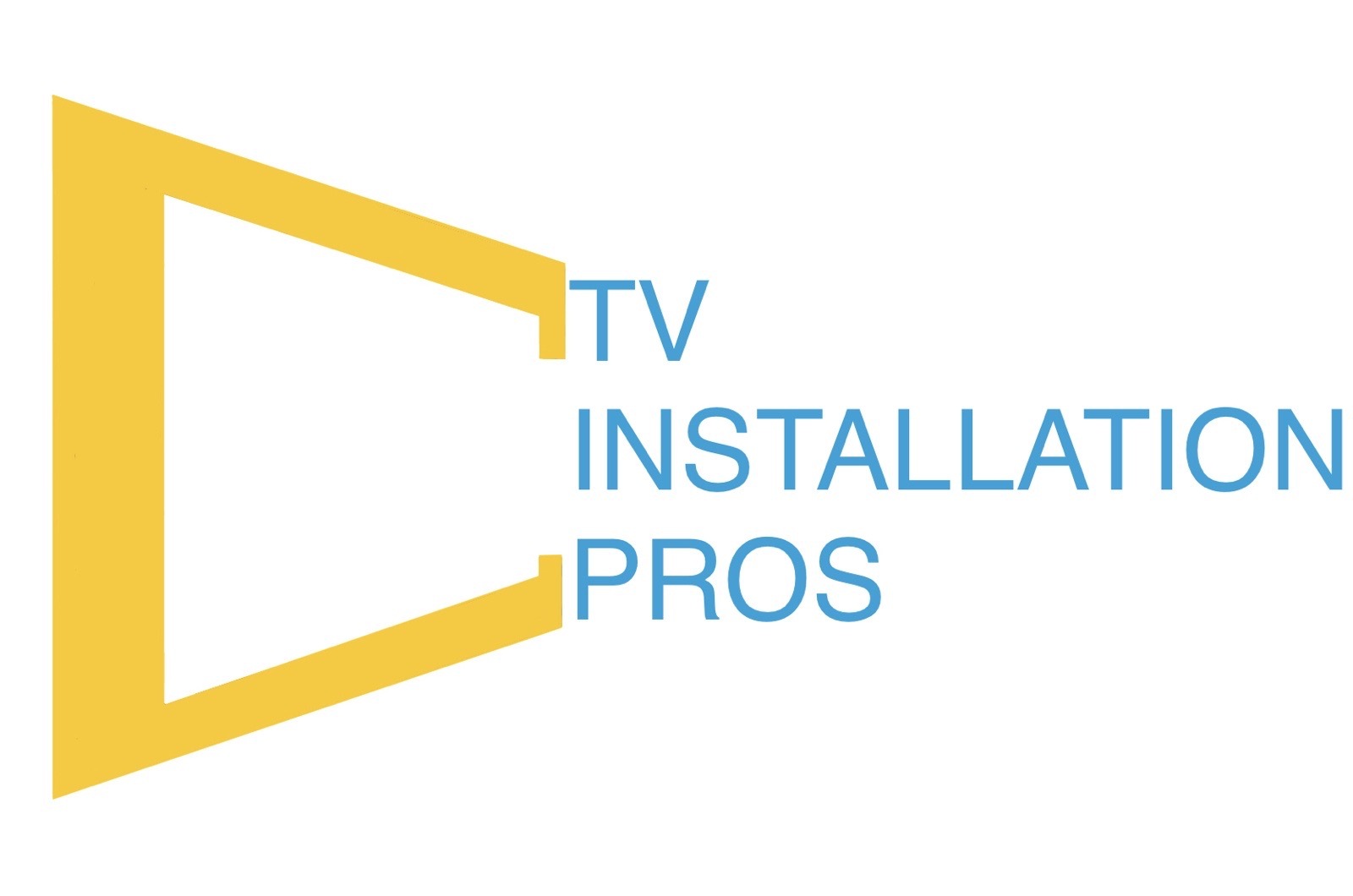Wall Mount vs TV Stand
Wall Mount vs TV Stand

QUESTION:
Mounting a TV on a Wall or Putting It on a Stand: Which Is Better?
ANSWER:
When it comes to setting up a new television, one crucial decision you need to make is whether to mount it on a wall or place it on a stand. Both options have their advantages and considerations that can significantly impact your viewing experience. In this article, we will explore the pros and cons of each choice to help you determine which is better suited for your needs.
Mounting a TV on a Wall
Wall mounting a TV has become increasingly popular in recent years, and for several good reasons.
1. Space-saving: By mounting your TV on a wall, you can free up valuable floor space. This is especially beneficial for small rooms or apartments, where optimizing space is crucial.
2. Enhanced aesthetics: A wall-mounted TV can create a sleek and modern look in your living space. With no stand or cabinet to distract the eye, the focus remains solely on the television screen.
3. Improved viewing angles: When a TV is mounted on a wall, it offers more flexibility in adjusting the viewing angle. You can tilt, swivel, or even extend the TV to achieve the perfect positioning for optimal viewing from anywhere in the room.
4. Safety: Wall mounting eliminates the risk of accidental bumps or falls. If you have children or pets, this can be a significant advantage, providing peace of mind.
However, there are a few considerations to keep in mind.
1. Installation complexity: Mounting a TV on a wall requires drilling and careful installation to ensure it is securely attached. It may require professional help, especially if you are not comfortable with DIY projects.
2. Limited flexibility: Once a TV is mounted on a wall, it becomes a fixed element. If you decide to rearrange your room or move to a new location, you'll need to remove and reinstall the mount.
Putting a TV on a Stand
While wall mounting offers numerous benefits, placing a TV on a stand also has its advantages.
1. Ease of installation: Setting up a TV on a stand is relatively simple and doesn't require any drilling or permanent fixture. You can do it yourself without much hassle.
2. Flexibility and portability: With a TV stand, you have the flexibility to change the TV's location whenever you want. This is particularly useful if you frequently rearrange your furniture or plan to move in the near future.
3. Accommodates additional devices: TV stands often come with shelves or cabinets that provide space for storing other entertainment devices such as gaming consoles, DVD players, or sound systems.
4.Better cable management: A stand allows for more accessible cable management, making it easier to connect and disconnect devices without having to reach behind a mounted TV.
Nevertheless, there are a few drawbacks to consider.
1. Occupies floor space: A TV stand takes up valuable floor space, which may not be ideal in smaller rooms or if you want to maintain a minimalist aesthetic.
2. Limited viewing angles: Unlike wall-mounted TVs, stands may restrict the range of viewing angles. If you have a wide seating arrangement or need to adjust the TV's position frequently, this could be a disadvantage.
Ultimately, the decision between wall mounting a TV or placing it on a stand depends on your personal preferences, available space, and desired aesthetic. Wall mounting is ideal for those seeking a sleek and space-saving solution with enhanced viewing angles. On the other hand, using a stand provides more flexibility and portability, along with additional storage options.
Consider the layout of your room, your future plans, and the level of convenience you seek before making a final decision. Whichever option you choose, a properly positioned television will undoubtedly enhance your overall viewing experience.
Would you like to leave a comment?
By clicking the button you agree to our Privacy Policy


